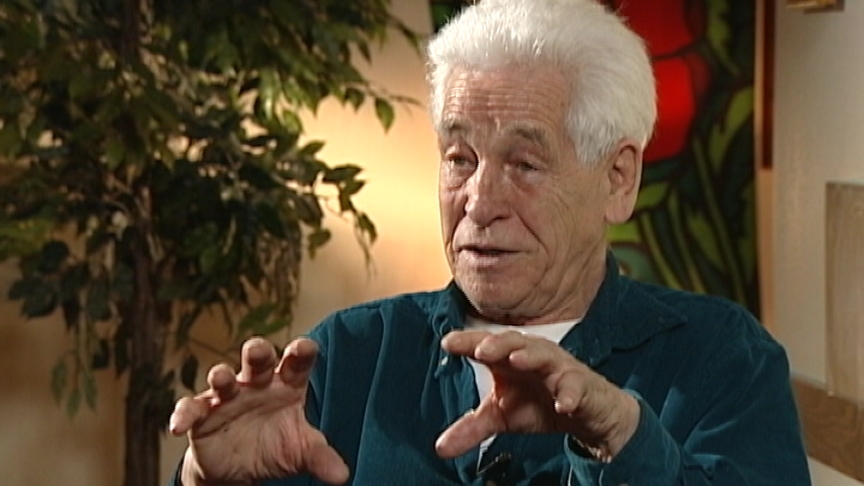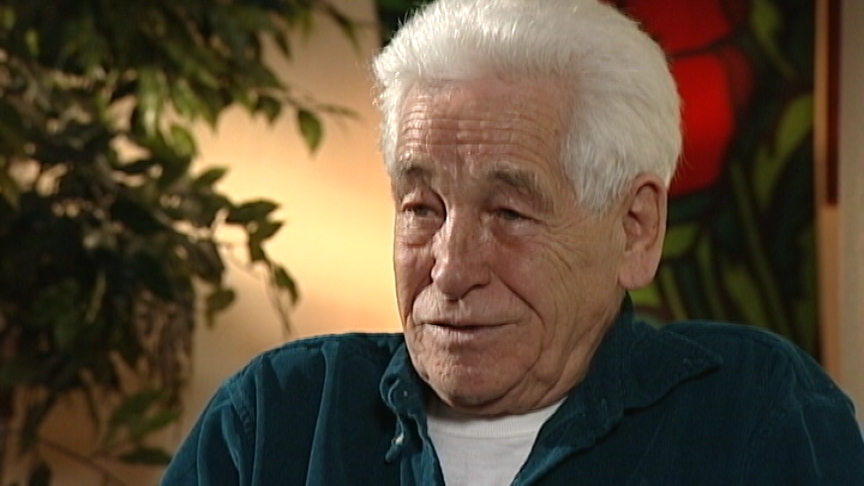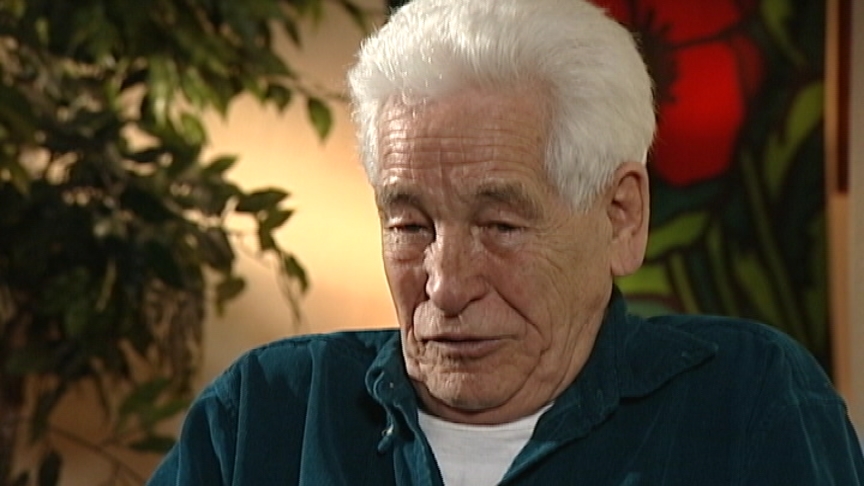Signal Flags
Heroes Remember
Signal Flags
Transcript
The flags represented code groups in the naval signal book and
it's a big volume that has hundreds of different signals that
are pretty standard; doing, manoeuvring ships, making them take
different formations, covering just about every aspect of life
at sea. And by hoisting two flags you can send a whole message.
Interviewer: Give me an example, like what two flags
would send the message?
Well, I just got a present of some signal flags from Tortola of
all places, and one of the signals in the book was splice the
main brace which means issue every man on the ship an extra tot
of rum and the signal is a A, D, alpha, delta, two, eight, and
those four flags mean splice the main brace. You know it's one
I'd never forget. I knew most of the book by heart at one point
because the ones we used were never ever, very seldom looked in
the book to decode them just, you knew them.
Interviewer: So in a group of ships, one ship
would hoist the flags?
The Senior Officer would hoist the signal and the other ships
would repeat it to make sure they got it, confirm that they got
it correct and if the ships were, say in a row or a line the,
each ship repeating the signal would run it's way down the line
and when the last, the last ship had to acknowledge the signal
and indicate that you understood what it was all about. You had
to hoist it close up until you understood it you'd hoist it half
way up or at the dip, O.K. So if somebody, if I was to, wanted
to tell somebody to turn 90 degrees to port, I would hoist a
signal, turn 9, and I would hoist it close up as a Senior
Officer. The other ships that didn't understand it would hoist
it part way up until they did understand it and then close up.
And if it was a business of relaying down the line of ships each
ship would hoist it at the dip until the guy at the tail end
went close up and then they'd all go close up in order so I'd
know that everybody had it and understood it.
Description
Mr. Roberge describes how flags hoisted on a ship can represent many different messages.
Barney Roberge
Mr. Roberge was born in 1923, in Calgary, Alberta. He moved to Vancouver where he lived with his father until 1930. He then moved to Banff, Alberta, to live with his mother and step dad. He joined the navy as soon as war was declared. He wanted to join to see the world and to do his part in protecting the country. He talks about what it was like to be in the navy during the War.
Meta Data
- Medium:
- Video
- Owner:
- Veterans Affairs Canada
- Duration:
- 02:40
- Person Interviewed:
- Barney Roberge
- Battle/Campaign:
- Battle of the Atlantic
- Branch:
- Navy
- Units/Ship:
- Royal Canadian Navy
- Rank:
- Boy Seaman 1st Class Chief
- Occupation:
- Communication (Visual)
Related Videos
- Date modified:





